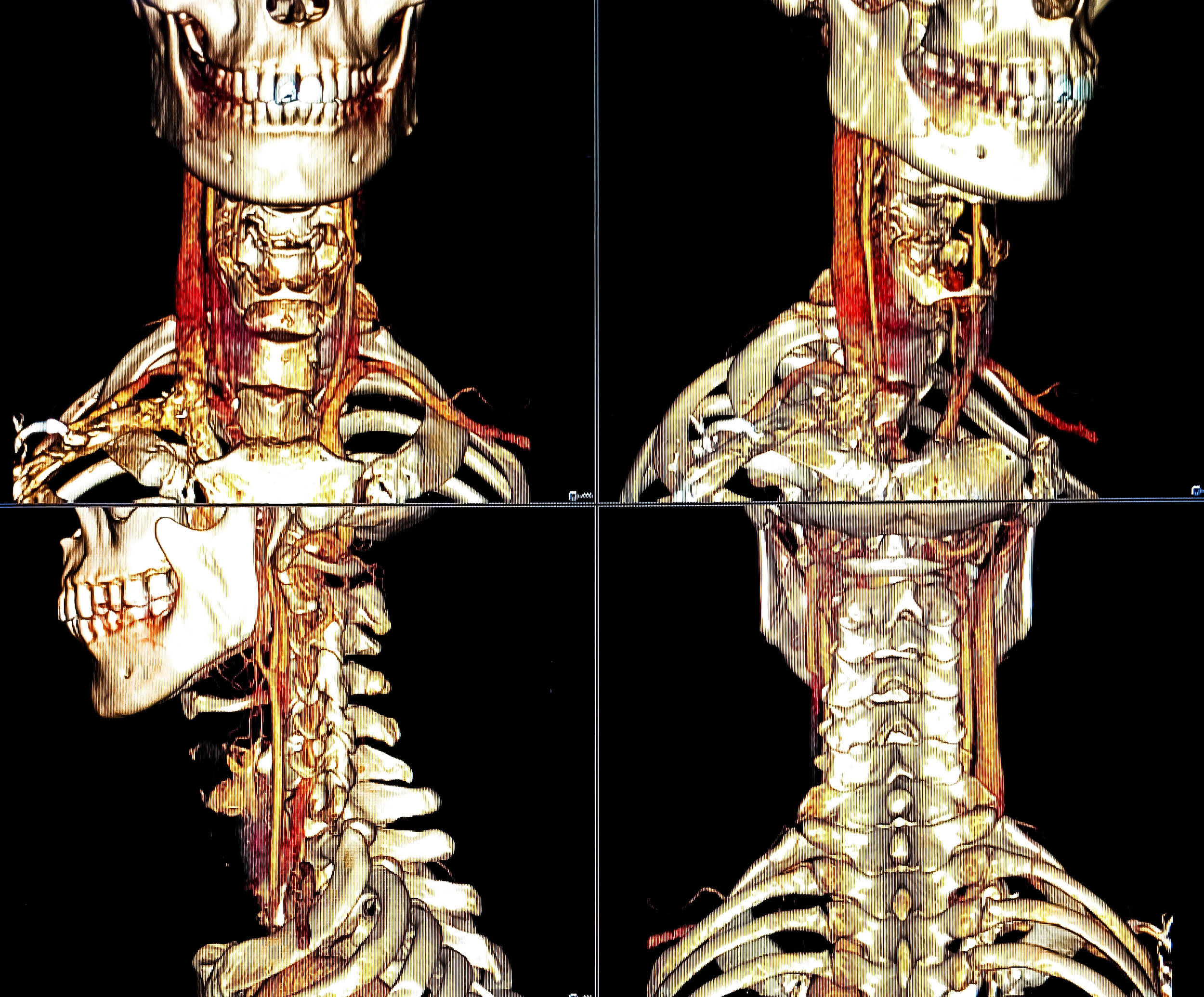PROVIDENCE, RI – A dramatic rise in a lesser-known cause of strokes, cervical artery dissection, has been identified in a comprehensive study, revealing a 400% increase in hospitalizations between 2005 and 2019.
Breaking: Surge in Cervical Artery Dissections
A new nationwide study led by Dr. Shadi Yaghi, a vascular neurologist at Brown University, has uncovered a significant increase in strokes linked to cervical artery dissection. This condition, often overshadowed by more common stroke causes such as heart clots and carotid artery blockages, is now gaining attention due to its alarming rise.
Immediate Impact
The study reviewed 125,102 records to understand this disturbing trend. Cervical artery dissection occurs when the inner lining of a neck artery splits, allowing blood to seep between layers and potentially form a clot that can lead to an ischemic stroke.
400% increase in hospital stays related to cervical artery dissection from 2005 to 2019.
Key Details Emerge
This condition is particularly concerning for adults under fifty, as it accounts for up to one in four strokes in this age group. Common triggers include car accidents, sports injuries, or even minor incidents like awkward movements.
Clues and Detection
Symptoms such as a sudden one-sided headache or neck pain, sometimes accompanied by a droopy eyelid, are classic indicators. In some cases, patients report hearing a pulsing “whoosh” in one ear, a sign of turbulent blood flow past the tear.
Emergency departments now favor computed tomography angiography for quick blood flow mapping in suspected young stroke patients.
By the Numbers
The incidence of cervical artery dissection climbed from eleven to forty-six cases per million people over fifteen years, with Hispanic and Black Americans experiencing the steepest increases. This suggests disparities in trauma exposure and access to vascular care.
Incidence increased by an average of 10% annually over the study period.
What Comes Next
Efforts to address this rise include the use of cheaper scanners in smaller hospitals, allowing for more frequent vascular studies. Additionally, clinicians are adopting a “scan first, ask questions later” approach, identifying tears that previously went unnoticed.
Expert Analysis
Dr. Yaghi emphasizes the importance of early diagnosis, stating, “Strokes that are not fatal can lead to long-term disability, poor mental health, and reduced quality of life.”
90% technical success in endovascular stenting for repeat attacks, according to observational series.
Background Context
Sports medicine literature links cervical artery dissections to activities like wrestling and yoga, while case reports highlight risks associated with chiropractic neck manipulation. People with connective-tissue disorders are particularly vulnerable.
Regional Implications
The sharpest increase in cases was observed in individuals over sixty-five, suggesting that age-related vessel changes and more liberal imaging practices are uncovering previously misattributed cases.
Lowering Cervical Artery Stroke Risk
- Wear seat belts and adjust headrests to eye level.
- Avoid twisting the neck while lifting heavy objects.
- Secure loose cargo to prevent sudden movements while driving.
- Gradually return to weightlifting with lighter loads after healing.
Researchers are exploring new diagnostic tools and treatments, including direct oral anticoagulants and ultrasound markers, to identify and manage weak arteries more effectively.
The study’s findings, published in Neurology, underscore the need for continued research and awareness to mitigate the rising incidence of cervical artery dissection-related strokes.
For more insights and updates, subscribe to our newsletter and check out EarthSnap, a free app from Eric Ralls and Earth.com.





































































